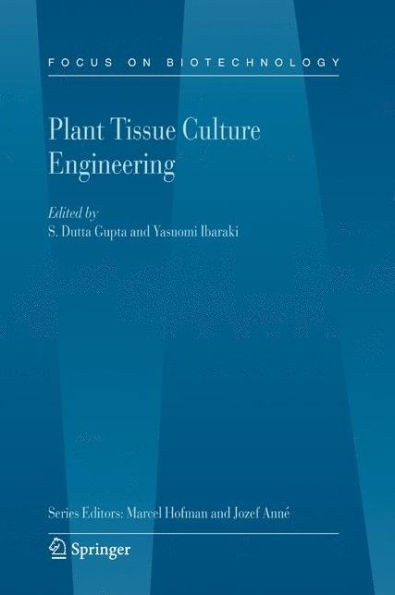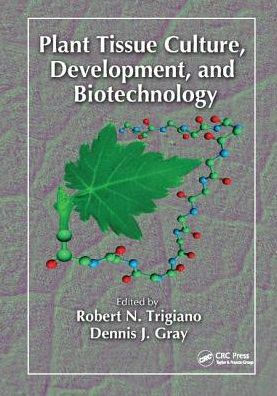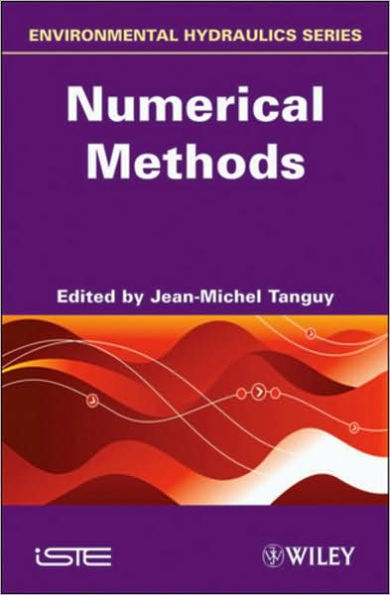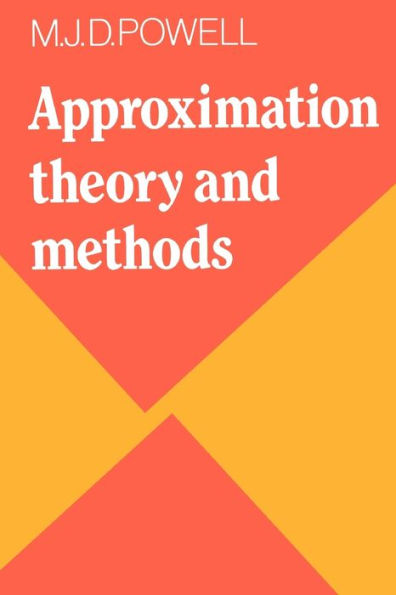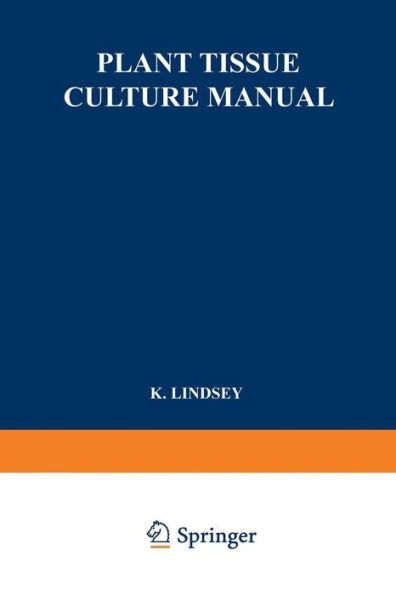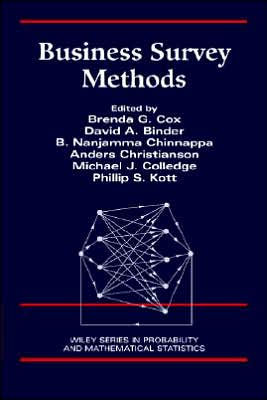Home
Invertebrate Tissue Culture Methods / Edition 1
Barnes and Noble
Loading Inventory...
Invertebrate Tissue Culture Methods / Edition 1 in Franklin, TN
Current price: $139.99
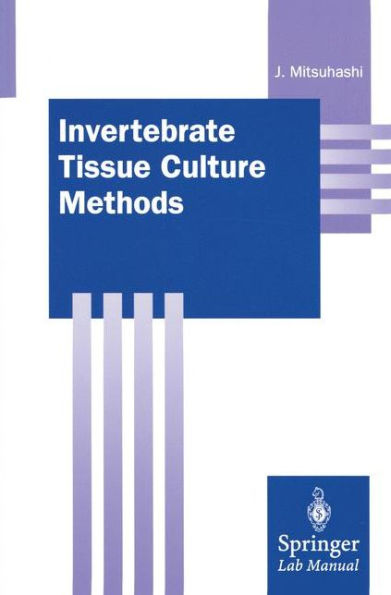
Barnes and Noble
Invertebrate Tissue Culture Methods / Edition 1 in Franklin, TN
Current price: $139.99
Loading Inventory...
Size: OS
I started insect cell culture work in 1962, when T. D. C. Grace reported the first establishment of invertebrate continuous cell lines. He obtained grow ing cells from pupal ovaries of the emperor gum moth, Antheraea euca lypti. At that time, I was trying to obtain growing cells from leafhoppers. Grace's method could not be applied directly to my culture because of the differences in species, the size of the insects, and the tissue to be cul tured. The vertebrate tissue culture methods gave me some ideas for pre paring cultures from leafhoppers, but those could not be used directly either. There were no textbooks and no manuals for invertebrate tissue culture, so I had to develop a method by myself. First, I considered what type and what size of vessels are suitable for insect tissue culture. Also, I had to look for suitable materials to construct the culture vessels. Sec ond, I had to examine various culture media, especially growth-promot ing substances, such as sera. Then I had to improve culture media by trial and error. The procedure to set up a primary culture was also a problem. How could I sterilize materials? How could I remove tissues from a tiny insect? How many tissues should I pool in order to set up one culture? I had to find out the answers. Naturally, it took a lot of time.
I started insect cell culture work in 1962, when T. D. C. Grace reported the first establishment of invertebrate continuous cell lines. He obtained grow ing cells from pupal ovaries of the emperor gum moth, Antheraea euca lypti. At that time, I was trying to obtain growing cells from leafhoppers. Grace's method could not be applied directly to my culture because of the differences in species, the size of the insects, and the tissue to be cul tured. The vertebrate tissue culture methods gave me some ideas for pre paring cultures from leafhoppers, but those could not be used directly either. There were no textbooks and no manuals for invertebrate tissue culture, so I had to develop a method by myself. First, I considered what type and what size of vessels are suitable for insect tissue culture. Also, I had to look for suitable materials to construct the culture vessels. Sec ond, I had to examine various culture media, especially growth-promot ing substances, such as sera. Then I had to improve culture media by trial and error. The procedure to set up a primary culture was also a problem. How could I sterilize materials? How could I remove tissues from a tiny insect? How many tissues should I pool in order to set up one culture? I had to find out the answers. Naturally, it took a lot of time.
